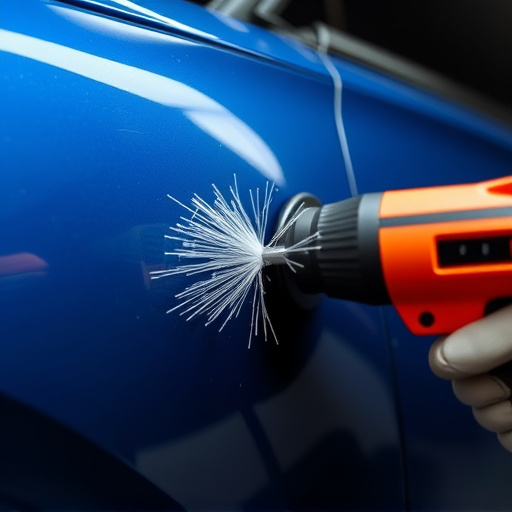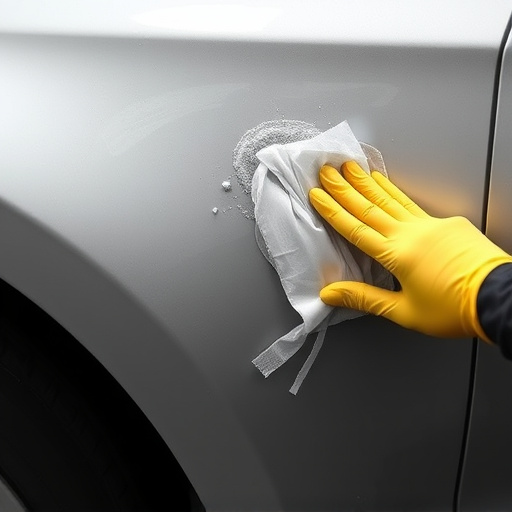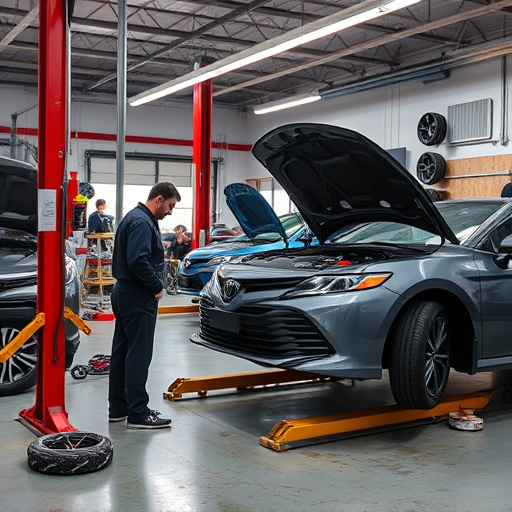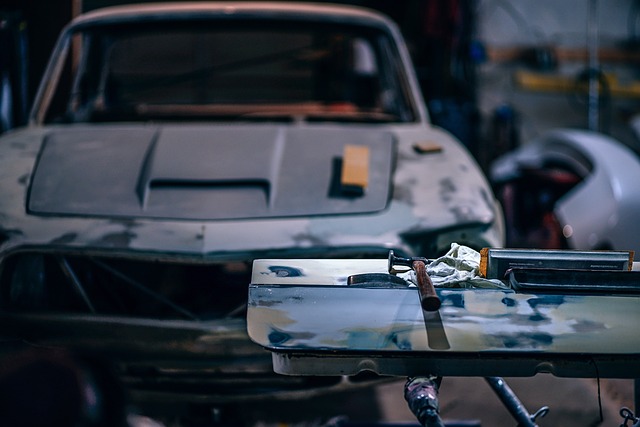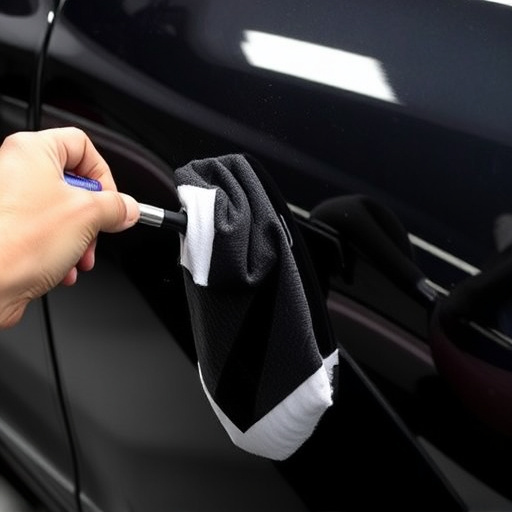Understanding and following the collision claim process ensures a smooth experience after an auto accident. This involves reporting the incident to insurance, document collection, expert repairs at reputable centers, and transparent communication with insurers for efficient processing and quicker damage restoration. Prepare essential documents, detailed photographs, and maintain clear records of communications throughout.
Seamless insurance claims are achievable, especially when navigating the collision claim process efficiently. This guide will walk you through understanding the collision claim process, from initial steps to final resolution. Learn how to gather all necessary documents to expedite your claim and effectively communicate with your insurance provider for a stress-free experience. By following these steps, you’ll be well-prepared to navigate the complexities of a collision claim.
- Understand the Collision Claim Process
- Gather Necessary Documents for a Seamless Claim
- Communicate Effectively with Your Insurance Provider
Understand the Collision Claim Process
Understanding the collision claim process is key to a smooth and stress-free experience when dealing with auto accidents. It begins with reporting the incident to your insurance provider, who will assign an adjuster to assess the damage. This step involves thoroughly inspecting the vehicle, documenting the extent of the harm, and determining the cause of the collision. Once the assessment is complete, the adjuster will provide you with a estimate for repairs, which may include services like car bodywork repairs or even a complete auto body rebuild, depending on the severity.
If your vehicle is deemed a total loss, your insurance company will guide you through the process of acquiring a replacement or settlement. Throughout this journey, it’s crucial to keep detailed records of all communications and documents related to the claim. Engaging with reputable auto collision centers for expert auto body repairs can significantly aid in ensuring your vehicle’s pre-accident condition is restored, enhancing safety and satisfaction.
Gather Necessary Documents for a Seamless Claim
Before initiating your collision claim process, ensure you have all the required documents ready to streamline the experience. This includes your vehicle’s registration and proof of insurance, which are typically needed upfront by the insurance provider. Additionally, gather any maintenance records or prior estimates for repairs, as these can be invaluable in facilitating a swift and accurate assessment of your claim.
For more complex cases involving significant damage, such as those requiring car paint services or car dent removal, having detailed photographs documenting the incident and the extent of the damage is crucial. These visual aids play a significant role in supporting your claim and may even expedite the process, especially when pursuing car restoration services to return your vehicle to its pre-accident condition.
Communicate Effectively with Your Insurance Provider
Effective communication with your insurance provider is a vital part of the collision claim process. When you file a claim, be prepared to provide detailed information about the incident, including dates, times, and locations. Clearly describe the nature and extent of the damage to your vehicle, taking note of any visible signs of collision damage repair needed on the vehicle bodywork. Keep records of all conversations, emails, or letters exchanged with your insurer for future reference.
Remember that insurance providers rely on accurate information to process claims efficiently. Be as transparent as possible when discussing the incident, and don’t hesitate to ask questions if you’re unsure about any aspect of the claim process. Engaging in open dialogue ensures a smoother transition towards resolving your collision claim, ultimately leading to faster collision damage repair at an accredited auto repair shop.
Applying for a seamless collision claim experience involves understanding the process, gathering essential documents, and maintaining clear communication with your insurance provider. By following these steps and ensuring you have all necessary paperwork in order, you can navigate the collision claim process with ease and achieve a swift resolution. Remember, effective preparation and open dialogue are key to a smooth and stress-free claim experience.




